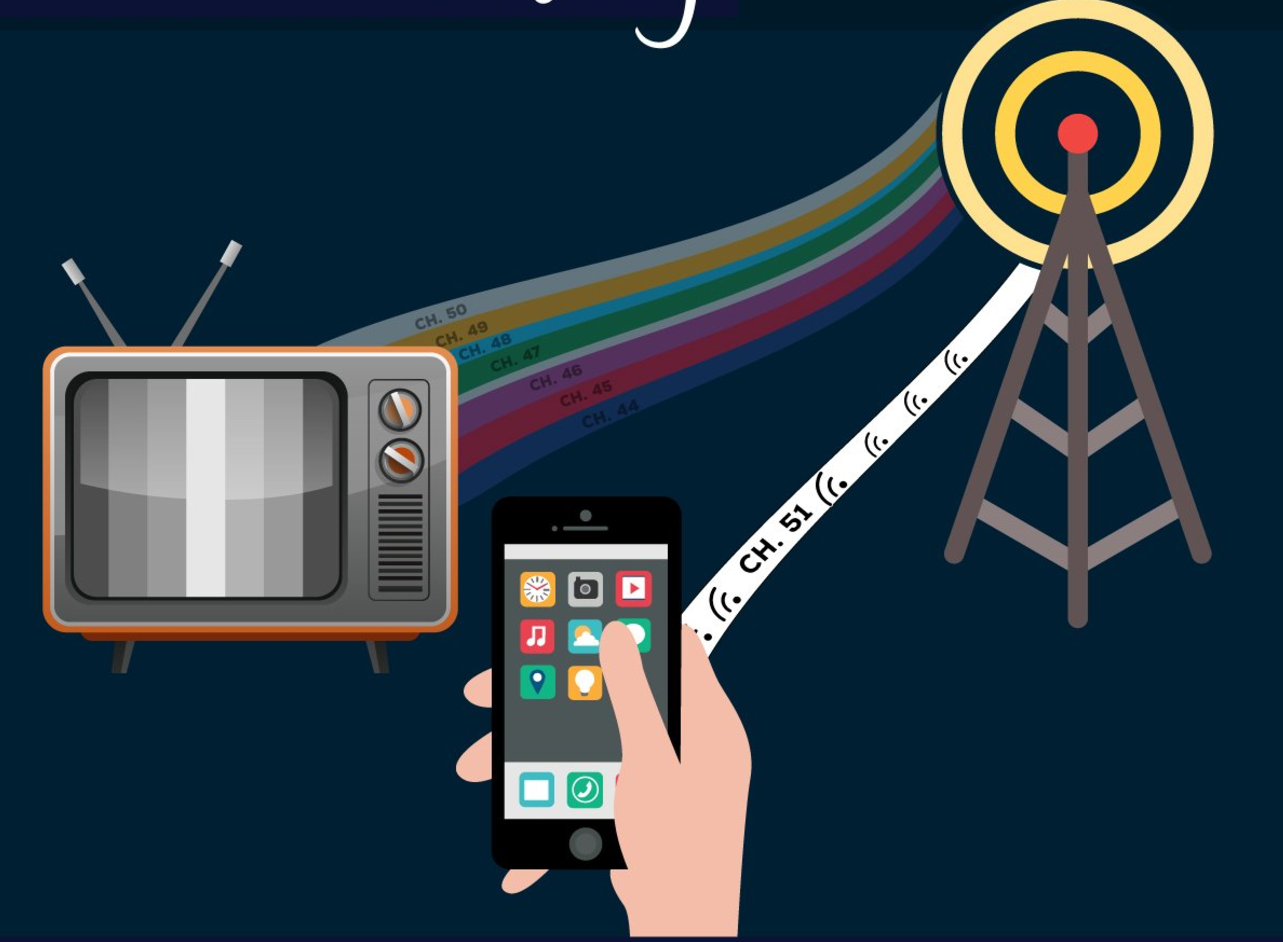Alongside a skills gap that plagues large swaths of the American workforce, our country faces a serious homework gap. Even though 70 percent of American teachers assign homework that requires an internet connection, the United States is currently home to more than five million households with school-age children who do not have access to broadband. Lack of broadband connectivity prevents students from accessing the many resources an internet-enabled home may provide as well as the educational programs and learning platforms created by American app innovators across the country.
On this blog we’ve highlighted several of the benefits television white spaces (TVWS) can bring to rural America, and the solutions this valuable resource can bring to bridge the homework gap are especially promising. Policymakers have delibera the challenge of connecting underserved and rural schools to communications networks for a long time. Now, congressional leaders are looking to TVWS to help solve the problem. Forty-two Members of Congress penned a letter to the Federal Communications Commission (FCC) this week calling for at least three channels in the TV band to be reserved for TVWS.
Government agencies from municipal to federal have developed funding mechanisms for broadband deployment, but the FCC’s is the largest program specifically focused on broadband connections for educational institutions. This effort, the Schools & Libraries Program, commonly known as “E-Rate,” provides schools and libraries with financial support to pay their phone and internet bills and purchase certain communications equipment.
The FCC organizes its financial support mechanisms into two main buckets: the High Cost Fund, which serves rural areas; and funds—such as the Lifeline and E-Rate programs—that serve low-income communities. These funds are drawn from phone and internet bills, so they are not typical, taxpayer-funded entitlement programs. The FCC determines E-Rate support levels to an applicant school based on the percentage of students enrolled in the National School Lunch Program, so the funds are designated to support connectivity for “anchor institutions” in low-income communities. Similarly, the Lifeline program helps low-income individuals pay their own phone and internet bills. Together, these programs are designed to comprehensively address the cost of connectivity: E-Rate helps pay for the school’s internet connection, and Lifeline helps pay the students’ internet bills at home, helping to ensure students have adequate internet resources to complete homework and research assignments. The High Cost Fund’s Connect America Fund (CAF) provides financial support for broadband providers to build infrastructure connecting Americans in rural areas. Without this financial support, broadband providers would have to charge rural subscribers much more than their urban or suburban counterparts, simply because rural areas have fewer subscribers to pay for broadband infrastructure.
Although these programs are not tax-funded (as mentioned above, the money comes from phone and internet bills), E-Rate, CAF, and Lifeline have a lot in common with other federal programs that provide financial support. For example, E-Rate and Lifeline enjoy broad, bipartisan support for their missions, but they also endure broad criticism from both sides of the aisle over their cost-effectiveness. While these programs have great potential, it would be ideal if they were not necessary in the first place.
This is where TVWS can make a difference. A pilot project in rural Virginia, the Southern Virginia Homework Network, is demonstrating the impact TVWS can have on broadband connectivity for our country’s students. Using a local school’s existing high-speed broadband connection, the Mid-Atlantic Broadband Communities Corporation and its partners installed equipment on school property to extend connectivity through TVWS bands over several square miles. Prior to this project, half of the local students lacked broadband access, but TVWS enabled the school to connect an additional 1,000 students to broadband.
By the end of the year, the partnership predicts 3,000 additional students in Charlotte and Halifax counties will be connected via TVWS. Absent this resource, mobile or wireline carriers would need to spend millions of dollars, and rely on the help of universal service funds, to build necessary infrastructure to secure internet connections for these communities. Instead, internet service is provided over the air via unlicensed spectrum bands, with minimal costs borne entirely by the Southern Virginia Homework Network. With TVWS, the only remaining excuse for not doing homework for many of these students is a hungry dog with a taste for homework assignments. TVWS helps to provide connectivity to allow students to do their homework, conduct their research, or play educational apps or games that supplement their coursework. This is great news for students battling the homework and digital divide who now have the resources they need to succeed in school, through higher learning, and beyond.
